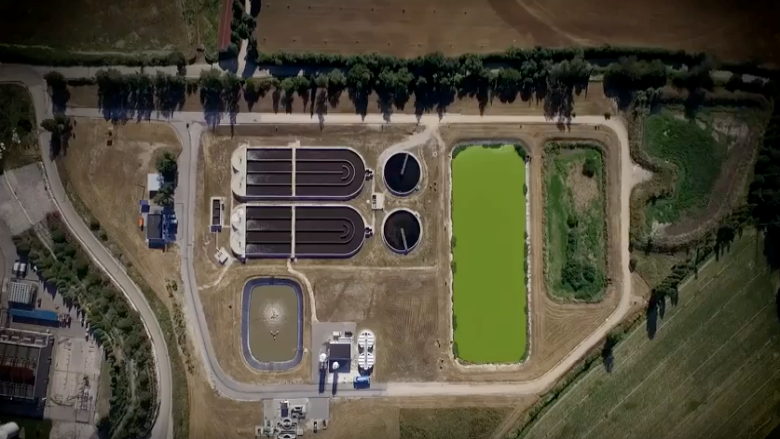“The most precious thing in life is water,” says Wellington Vasconcelos, the mayor of Groaíras, a municipality in the state of Ceará in the northeast region of Brazil. “If we offer quality water, then it is a reason for [people] to have the conditions and courage to stay [in our region].”
Water is a chief concern in Vasconcelos’s municipality. In Ceará, rural water supplies were previously unreliable and the water they had was unsafe to drink. To overcome this challenge, an innovative water supply and sanitation (WSS) utility aggregation[1] model emerged to provide clean and reliable WSS services to communities across the state. Now, water boards are supported in 153 locations for almost 90,000 inhabitants across Ceará.
Aggregating WSS utilities essentially means making utilities work together with the end goal of delivering better services to citizens. WSS utilities work together, or “aggregate”, when multiple municipalities unite under a single administrative structure. How WSS utilities work together varies according to the purpose, context, and design of aggregation. For example, in the Ribatejo region of Portugal, the main goal was to achieve better service quality and greater environmental sustainability. Strongly incentivized by European Union cohesion funds and determined leadership, these goals were achieved by uniting water and wastewater services across seven towns covering about 150,00 people. Depending on the context and design, working together may mean changing the allocation of power or the management of assets and liabilities.

The aggregation of WSS utilities began to emerge quite recently as a tool that can transform poor-performing utilities into well-functioning and sustainable ones. In fact, more than 75 percent of WSS utility aggregations have occurred over the past 15 years.
Aggregation can help WSS utilities overcome poor performance, such as water of poor quality and insufficient funding for maintenance. The predominant WSS aggregation type is a top-down, government-mandated process that targets economic efficiency, encompassing all functions and services of the utility.
It’s important to note that WSS aggregation is not always the answer. Examples from all over the world show it does not always lead to economies of scale or better performance. The context, purpose, and design of WSS aggregations are critically important, and the results of WSS aggregation greatly differ between regions.
The limited data available makes it difficult to understand the strengths, weaknesses, opportunities, and risks associated with WSS utility aggregation processes. Given the lack of documented evidence on the subject, important questions remain: how does WSS utility aggregation work and, crucially, what key characteristics of successful aggregation processes have in common?
Dive Deeper into the World of WSS Utility Aggregation
Thankfully, a new World Bank report Joining Forces for Better Services? When, Why, and How Water and Sanitation Utilities Can Benefit from Working Together explores these areas. Whether you are a policy maker, a practitioner, a researcher, or simply curious about the process behind how clean water flows from your tap, this report can help you understand aggregation reforms and their outcomes over time. The global study builds on robust research, including an analysis of quantitative data from IB-Net data[2] covering over 1,300 utilities from more than 140 countries.
The study does not advocate for or against aggregation. Rather, it encourages practitioners to understand the practicalities behind designing a successful aggregation reform. And it shows how starting with identifying and formulating the purpose of the reform in a way that fits the local context is essential for success.
